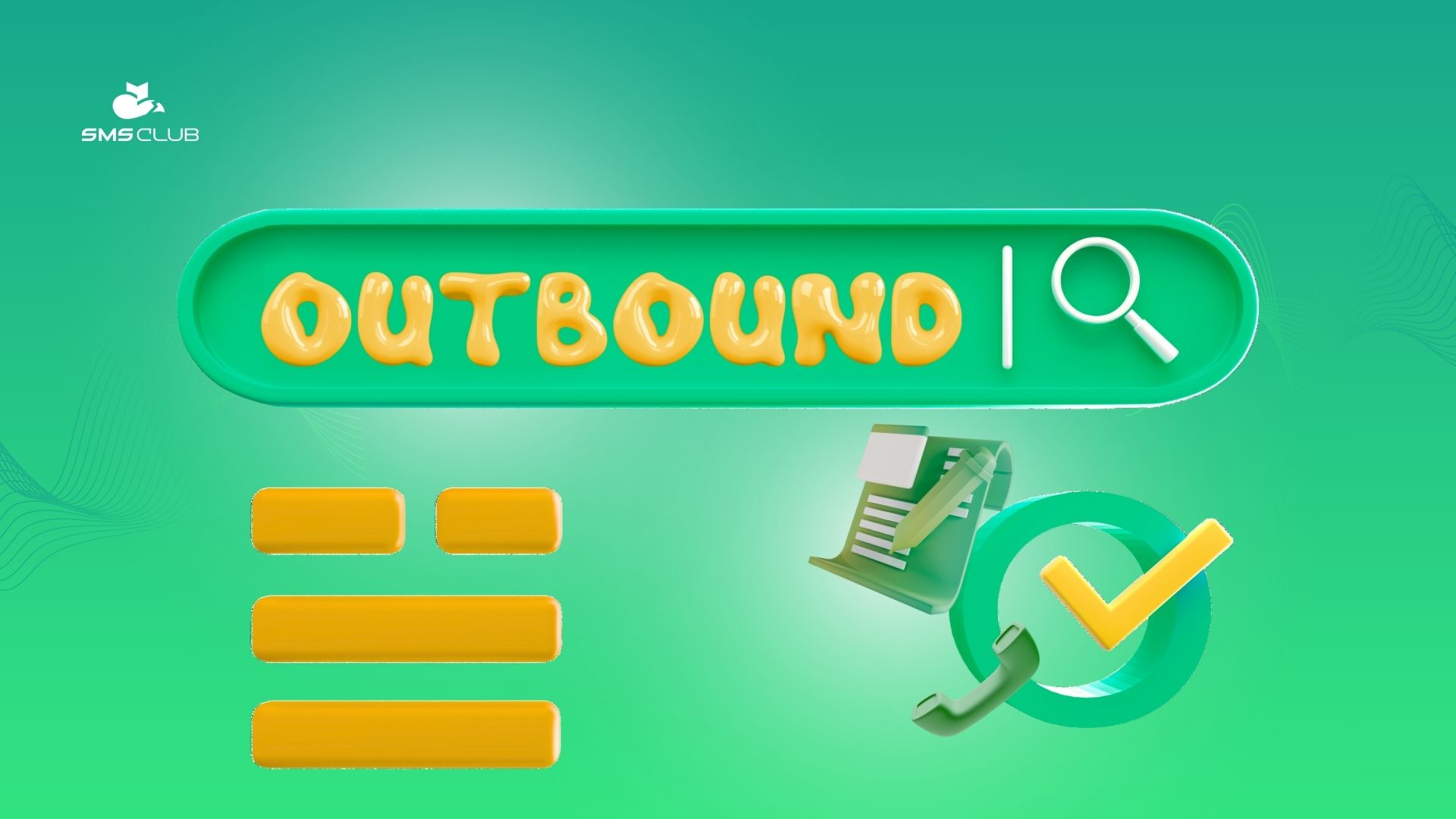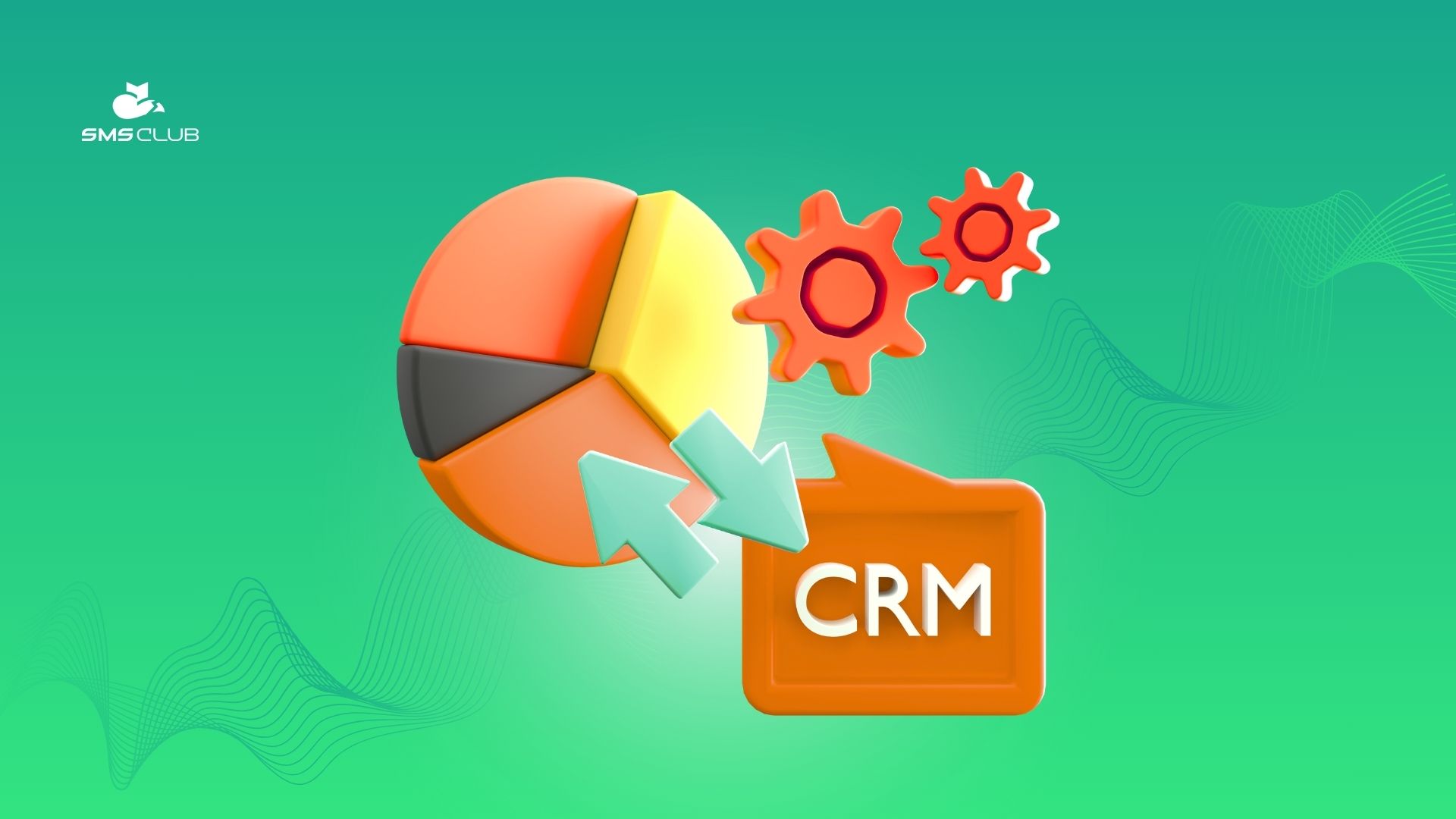4P’s and 4C’s: How do Classic Marketing Theories Work Today?

Contents:
Contents:
Sales are a mix of art and science. There are many ways to run a business, but two classic approaches are known as 4P and 4C marketing. What are the differences between them, and which model is better for your business?
In short, the 4P’s are a sales formula that originated in the 1960s. The abbreviation stands for Product, Price, Promotion, and Place. This model focuses primarily on the product — its quality, price, distribution channels, and marketing strategies.
In the 1990s, experts modernized this stable marketing approach. The new formula is called the 4C’s: Consumer, Cost, Convenience, and Communication. This model shifts the focus to the consumer and aims to meet their needs.
The 4P’s of Marketing
- Product — The product refers to what you’re selling, whether it’s goods like oranges, shoes, or yachts, or services like tours, psychological training, or manicures. Understanding your product’s features, characteristics, and competitive advantages is the first step to successful sales.
- Price — Price is influenced by many factors: production cost, desired profit, market situation, and discount systems, among others. It’s important to set a price that is neither too low to sustain the business nor too high to deter potential buyers.
- Promotion — Promotion encompasses the various advertising tools used to make the product known in the market and to increase sales volume.
- Place — Place refers to the location where consumers can reliably find and purchase the product. Selecting the right sales venue (either a physical store or an online platform) and distribution channels (direct or through intermediaries) requires an understanding of your target audience, their behaviors, and expectations.
The 4C’s of Marketing
- Consumer — The consumer’s needs and desires are paramount. Understanding what the consumer wants, what troubles them, and what is important to them should be researched before the product is launched.
- Cost — In this context, cost relates to value, not just price. Value is what drives a consumer to purchase a product, whether it’s because it’s affordable, from a prestigious brand, durable, healthy, or beautiful.
- Convenience — Convenience involves the time it takes to purchase or receive a service, as well as the ease of payment, delivery, and return policies. All these factors should facilitate a comfortable buying experience for the customer.
- Communication — Communication is crucial. Effective advertising and promotional efforts can attract new customers, but real engagement builds relationships with them. This includes clear, interesting, and concise information about what’s being offered.
How Does It Work?
Imagine a neighborhood with two butcher shops. Both shops have identical selections and average prices. Customers usually enter the shop that they are accustomed to or which is on their way.
Example of 4P Marketing:
In the first shop, once a week, several items are sold for at least 10% off. These promotions are advertised in advance on a board placed at the entrance.
This strategy works well: on “discount days”, the shop is always bustling. As a result, sales are good — not only do people buy the discounted items, but they also purchase other products.
Example of 4C Marketing:
The second shop has created a community on Viber. Every morning, they post updates about newly arrived items and their prices. Customers can immediately place orders to reserve items until the evening.
Importantly, customers can order anything — even a single chicken wing — either through the community group or by phone. This feature is particularly valuable to many elderly clients, who find it easier to call.
Beyond offering quality products, this shop focuses on values such as “convenience”, “personal touch”, and “reliability”. This is a classic example of 4C marketing where communication is the key to success.
Effective Communication with Customers
There are many ways to communicate with customers, but here are some of the most effective ones identified:
- Use Outdoor Advertising — This includes media ads, YouTube videos, or billboards. The main thing is to understand whether this type of communication is appropriate for your business. It’s about putting the right message in the right place to catch those potential customer’s eyes.
- Regularly Update Your Website and Social Media Pages. If you don’t have these, it’s time to get started. At a minimum, ensure you have attractive graphics and user-friendly navigation — utilize highlights and hashtags. Ideally, engage with bloggers who are popular in your niche or related fields. You can do this yourself or seek professional help for better results.
- Use Mobile Marketing Services. People tend to read short messages, so text message campaigns are very effective. For example, a furniture store increased its store traffic by 15% through a campaign targeting “sleeping” customers. In another case, a fitness club sold several annual memberships from a single campaign that cost only $20.
- Participate in Various Events and Exhibitions. These are held in many cities. Alternatively, organize such an event yourself — whether it’s a lecture, workshop, or conference, and it can be offline or online, depending on what suits your business best.
Good communication can work wonders, but these wonders are only possible if the product is truly high-quality and competitive. There is no universal marketing formula, so it’s wise to flexibly combine the 4C’s and 4P’s of marketing, or maybe integrate these classics with other models.
And definitely interact with potential clients through short messages and newsletters. If you’re not doing this, your competitors probably are.
Frequently Asked Questions:
— What is the 4C concept in marketing?
The 4C’s are a sales formula that emerged in the 1990s. The acronym stands for Consumer, Cost, Convenience, Communication. It focuses on the consumer and their needs, replacing the 4P’s formula known since the 1960s.
— What are the 4C and 4P approaches?
Both 4C and 4P are marketing frameworks aimed at increasing sales volumes and profits. The 4P approach focuses on the product — its quality, and the logistical aspects of placing it in the market. The 4C strategy shifts the focus towards the customer — aiming to meet their needs effectively and efficiently.






